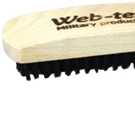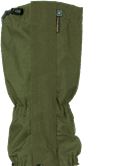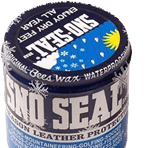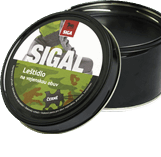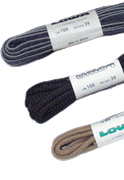Outdoor shoes have to fulfill certain functions - first of all, they have to protect us well from the outside elements. But they won't protect us effectively if we don't take adequate care of them. Part of that care includes waterproofing the boots.
Functional outdoor shoes are the basis of every successful field trip. Maybe you've gone out and found your shoes getting wet inside. Although it can be the fault of the shoes themselves, it can also be our own fault - when we forget to impregnate the shoes. The impregnation of the shoes prevents the material from seeping through and extends the life of the shoes.
Shoe impregnation works by helping to saturate a material that is normally absorbent. It can be various natural or synthetic materials, leather, or a combination of the above. But how to impregnate? And are all shoe impregnations the same? Let's talk about them.
Spray versus wax
Impregnation of shoes is basically divided into sprays and waxes. The specific use depends on the material of the shoes. In both cases, we get a surface that is saturated with components that prevent the absorption of moisture or mold. In practice, this is protection for both us and the material. The latter will repay for appropriate handling with a long service life and perfect properties. In short, the best impregnation for shoes is the one that we apply regularly and exactly according to the instructions on the right type of material.
A separate chapter is nano impregnation for footwear, which is practically exclusively in the form of a spray and creates a thin layer on the surface of the shoe that further protects this surface.
Just press it
The most widespread variant is naturally spray impregnation. We will meet those both with protective equipment for footwear and with those for clothing. The basis of impregnation sprays is a compound of substances which, after pressing the valve, is transferred in the form of an aerosol to the given surface. It then saturates this compound with active ingredients and dries. At the end of the process, we get a treated surface. Individual components of impregnation sprays are either natural or synthetic, or a combination of both. However, the most common ingredient is ordinary wax, which has been used as a shoe impregnation for a very long time. So why don't we use straight wax?
Good old wax
Wax is one of the oldest impregnation substances. However, it is only used as an impregnation for leather shoes. While impregnation sprays can be used on both synthetics and leather, wax is only one-sided. On the other hand, it not only serves as an impregnation for leather shoes, but also has other advantages that you will appreciate. By applying and burning the wax, you preserve the material of the leather shoes. It is thus still breathable (a little less even though), but at the same time waterproof and protected from external influences. In this case, the wax acts as a film or foil that protects us and the shoe. By using the wax correctly, we extend the life of the shoes again.
Only for clean and dry shoes
Impregnation for shoes, regardless of the material, is only applied to a well-cleaned and dry surface. Otherwise, we could damage the shoes. Also, we should not mistake the impregnation and apply it to the wrong surface. Such a mistake can have expensive consequences. If we do not follow the instructions for using the shoe impregnation, this impregnation may not provide sufficient protection.

Atsko Silicone Water Guard ‑ 89ml

Aquastop impregnation 200ml
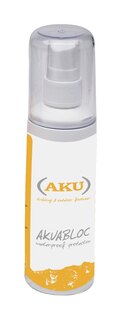
AKU Tactical® Shoe Care spray

Aquastop impregnation 300ml
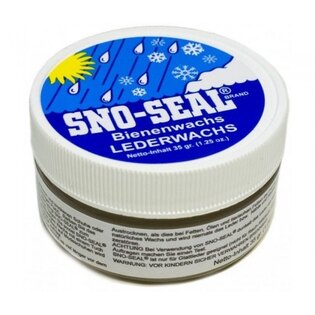
Atsko Original Beeswax Sno‑Seal 35g
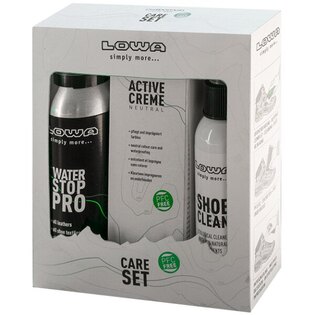
LOWA® Shoe Care Set Neutral
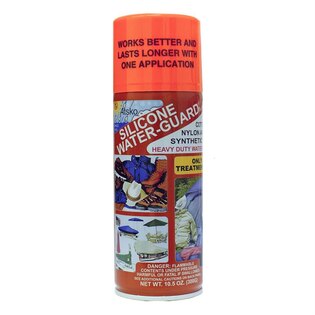
Atsko Silicone Water‑Guard 350ml
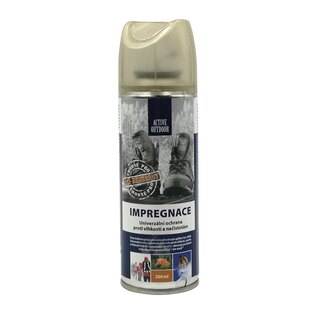
ACTIVE OUTDOOR footwear impregnation 200ml
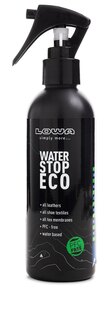
LOWA® WATERSTOP ECO shoe spray

Atsko Water‑Guard Extreme spray 335ml
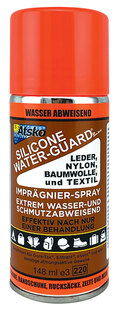
Atsko Silicone Water Guard ‑ 148 ml
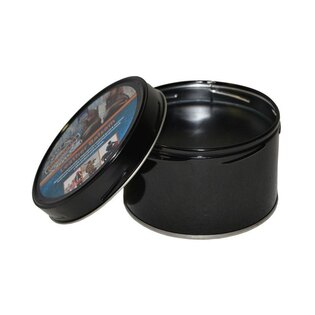


Active Outdoor Leather Balsam 250g
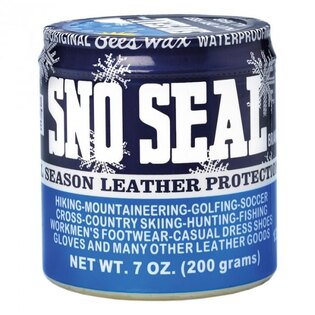
Atsko Original Beeswax Sno‑Seal 200g
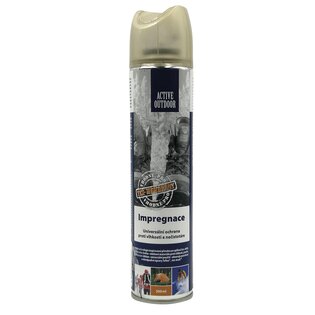
Active Outdoor® footwear impregnation 300 ml




























































































































